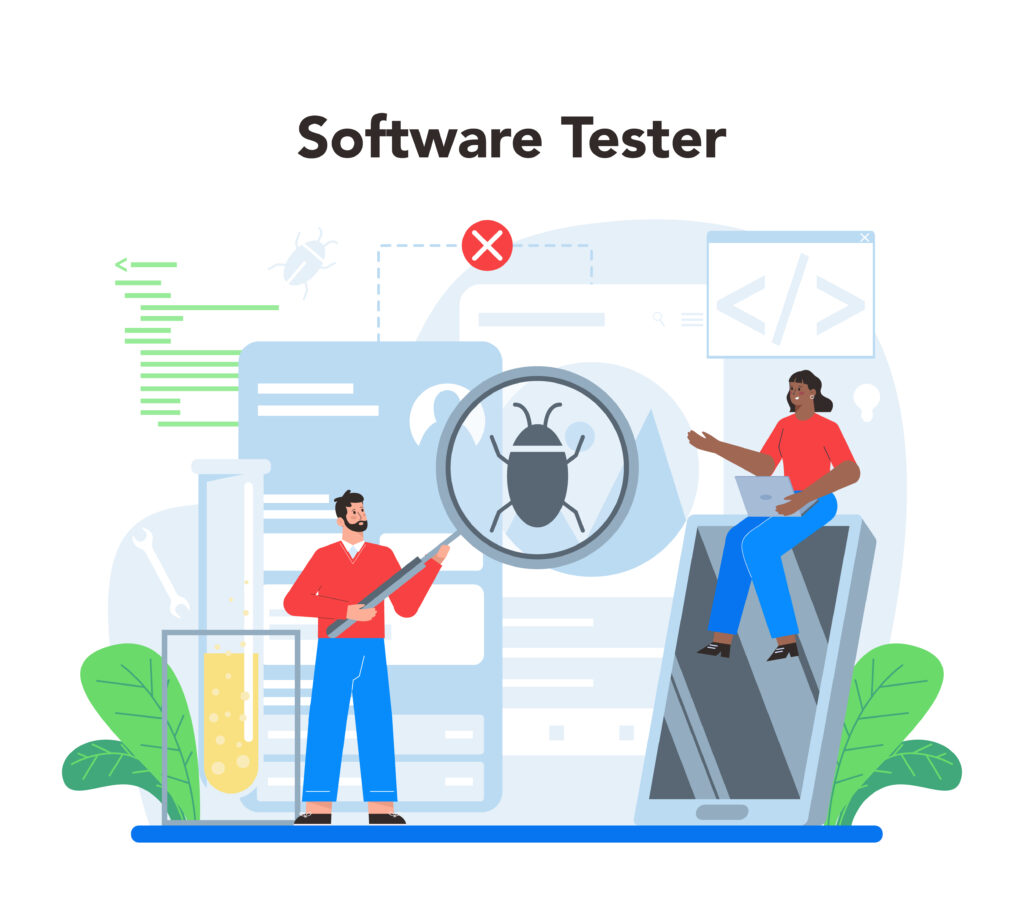Debugging is an essential skill that separates good developers from great ones. The ability to systematically identify, analyze, and fix software defects can save countless hours of frustration, reduce technical debt, and lead to more robust applications. This guide provides an in-depth exploration of professional debugging techniques, tools, and best practices that will help you solve problems faster and write higher-quality code.

the Fundamentals of Debugging
Before diving into debugging techniques, it’s crucial to establish a strong foundational understanding of what debugging entails and why it matters in software development.
1.1 What Exactly is a Software Bug?
A software bug refers to any error, flaw, or unintended behavior in a program that causes it to malfunction or produce incorrect results. The term “bug” has an interesting history—it’s often attributed to computer pioneer Grace Hopper, who once found an actual moth causing issues in a computer system.
Bugs manifest in various forms:
- Syntax Errors: Violations of programming language rules (missing semicolons, unmatched brackets, typos in variable names).
- Runtime Errors: Problems that occur during execution (null pointer exceptions, division by zero, out-of-bounds array access).
- Logical Errors: Code runs without crashing but produces wrong outputs due to flawed algorithms or incorrect assumptions.
- Integration Bugs: Issues that emerge when different components or services interact unexpectedly.
1.2 The Critical Importance of Debugging
Debugging isn’t just about fixing errors—it’s about ensuring software reliability, performance, and security. Here’s why it matters:
- Maintains Software Quality: Bugs degrade user experience and can lead to system failures.
- Reduces Development Costs: The later a bug is found, the more expensive it is to fix.
- Improves Code Understanding: Debugging forces developers to deeply analyze their code.
- Prevents Security Vulnerabilities: Many exploits stem from unpatched bugs.
1.3 Common Sources of Bugs
Understanding where bugs originate helps prevent them:
- Incorrect Requirements: Building the wrong feature due to miscommunication.
- Edge Cases: Unanticipated inputs (empty strings, extreme numbers).
- Race Conditions: Timing issues in concurrent systems.
- Memory Problems: Leaks, corruption, or excessive allocation.
2. Preparing an Optimal Debugging Environment
An efficient debugging setup dramatically reduces the time spent hunting bugs. Let’s examine how to configure your tools and workflow for maximum productivity.
2.1 Selecting the Right Debugging Tools
Different languages and environments require specialized tools:
Integrated Development Environments (IDEs)
- Visual Studio (C#, .NET): Advanced breakpoints, immediate window, parallel stacks view.
- IntelliJ IDEA (Java): Smart step-through, expression evaluation, hot-swap debugging.
- PyCharm (Python): Visual debugger, remote debugging, Django/Flask support.
- VS Code (Multi-language): Lightweight with powerful extensions like Debugger for Chrome.
Standalone Debuggers
- GDB (C/C++): The GNU Debugger for low-level systems programming.
- LLDB (macOS/iOS): Modern alternative to GDB with Python scripting.
- pdb/ipdb (Python): Interactive debugging with post-mortem analysis.
Browser-Based Tools
- Chrome DevTools: Debug JavaScript, analyze network requests, profile performance.
- Firefox Developer Tools: Similar to Chrome with unique features like CSS grid debugging.
2.2 Configuring Breakpoints Like a Pro
Breakpoints are the most fundamental debugging tool, but most developers underutilize them:
- Line Breakpoints: Pause execution at specific code locations.
- Conditional Breakpoints: Only trigger when a variable meets certain criteria (e.g.,
x > 100). - Logpoint: Output messages without pausing (replaces
console.logspam). - Exception Breakpoints: Automatically break on thrown exceptions.
Advanced IDE features:
- Hit Count: Break after passing a line N times.
- Dependent Breakpoints: Only enable after another breakpoint triggers.
2.3 Mastering Debugger Views
Modern debuggers provide multiple perspectives on your running code:
- Call Stack: See the function invocation hierarchy.
- Variables Panel: Inspect current state with value highlighting.
- Watches: Track specific expressions continuously.
- Thread View: Crucial for debugging race conditions.
2.4 Effective Logging Strategies
When debuggers aren’t available (production systems), logging becomes essential:
Logging Best Practices
- Use Structured Logging: JSON-formatted logs for easier parsing.
- Implement Log Levels:
DEBUG: Detailed development info.INFO: Normal operational messages.WARN: Potentially problematic situations.ERROR: Failures that need attention.
- Include Context: Timestamps, thread IDs, request identifiers.
Popular Logging Frameworks
- Python:
loggingmodule, Structlog. - Java: Log4j 2, Logback.
- JavaScript: Winston, Pino.
- C#: Serilog, NLog.
3. A Systematic Debugging Methodology
Ad-hoc debugging wastes time. Follow this professional workflow to diagnose issues methodically.
3.1 Reproducing the Bug Consistently
Key questions:
- What exact steps trigger the issue?
- Does it occur in all environments or just production?
- Can you isolate a minimal test case?
Reproduction techniques:
- Record User Sessions: Tools like LogRocket replay user actions.
- Automate Reproduction: Script the failing scenario.
3.2 Isolating the Problem Area
Narrow down the culprit:
- Binary Search: Disable half the system, check if bug persists.
- Dependency Isolation: Mock external services to rule them out.
- Version Bisecting: Use git bisect to find the offending commit.
3.3 Analyzing the Root Cause
Deep investigation strategies:
- Variable Inspection: Check for unexpected nulls, wrong types.
- Execution Flow: Step through to see where logic diverges.
- State Comparison: Compare working vs. failing scenarios.
3.4 Implementing and Validating Fixes
- Make Minimal Changes: Avoid introducing new issues.
- Write Regression Tests: Ensure the bug never returns.
- Monitor After Deployment: Verify the fix in production.
4. Advanced Debugging Techniques
4.1 Time-Travel Debugging
Tools like:
- RR (Linux): Record and replay execution.
- UndoDB: Commercial alternative with GUI.
4.2 Memory Debugging
- Valgrind (C/C++): Detects leaks, invalid accesses.
- AddressSanitizer: Fast memory error detector.
4.3 Concurrency Debugging
- ThreadSanitizer: Data race detection.
- Lock Order Analysis: Identify deadlock risks.
5. Best Practices for Bug Prevention
- Code Reviews: Catch bugs before they merge.
- Static Analysis: Tools like SonarQube, ESLint.
- Property-Based Testing: Generate edge cases automatically.
FAQ
Q: How do I debug intermittent heisenbugs?
A: Improve logging around suspected areas, use watchpoints, or employ time-travel debugging.
Q: What’s better—debugger or logging?
A: Debuggers for development, logging for production issues.
Q: How to debug third-party library issues?
A: Check source if available, use decompilers as last resort.

